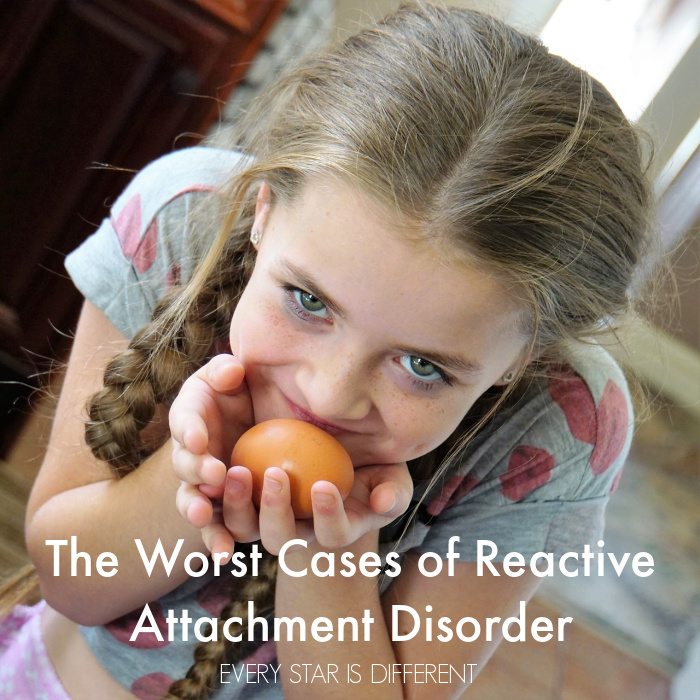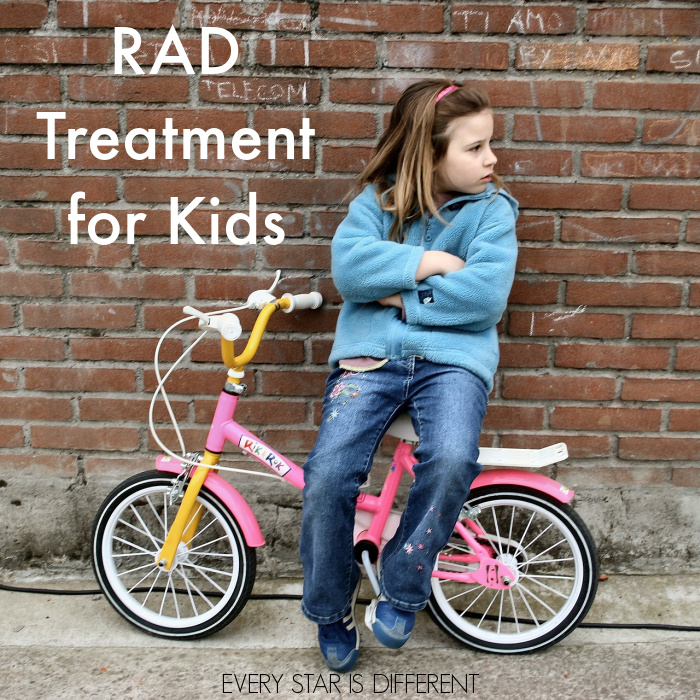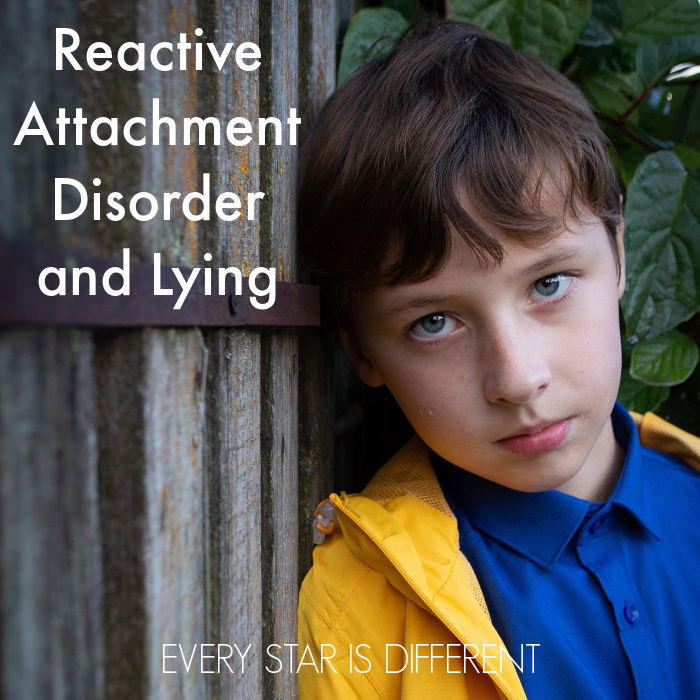There are so many different thoughts and opinions about how many gifts caregivers should or shouldn't give their children and teens during the holiday season.
As a minimalist, I am not one who likes giving or receiving gifts without meaning and purpose.
As a minimalist, I live in a very small home, so there is no room for a lot of extra stuff.
At the same time I LOVE the magic of the Christmas season.
I LOVE to give special gifts to those I love.
I LOVE to wake up Christmas morning with gifts overflowing from underneath the tree.
How does one strike a balance between minimalism and holiday commercialism, especially with a husband and four children?
I have found the greatest joy in giving what I call, "The 12 Gifts of Christmas" for children and teens.
This name was inspired by, "The 12 Days of Christmas" song that we all love.
Our Family's Current Christmas Gift Giving Circumstances
At this time in our lives, no one in our family receives gifts from extended family or friends.
Some grandparents send money, which typically goes towards holiday vacation experiences, but that is all.
Each person in our home receives:
- 1 Small gift from each sibling on Christmas Eve Morning
- 1 Book, Chocolate, and Christmas Ornament for our Memory Tree on Christmas Eve Night
- Santa Gift
- Christmas Stocking
- 12 Gifts of Christmas
Family Christmas Tradition Ideas
Everyone in our family keeps and updates Amazon wish lists year round.
This allows me to shop for the best deals and discounts year round, saving as much money as possible.
Gifts may seem expensive, but it is rare that I ever buy anything that isn't 50% OFF or more.
We do not go out and buy extra "stuff" throughout the year.
If one of us needs items like shoes or clothing, we'll purchase what is needed on clearance.
If something breaks and needs to be replaced quickly, then we will do so.
Otherwise, the holiday season is when we go all out.
Everyone in the house knows that gifts are received on holidays and birthdays only, so they're extra special.
Here's what we do!
I love that no matter what our budget is, we can still find something for every category.
The gifts are meaningful, used, and loved.
And, they take up very little room in our home!
The Twelve Gifts of Christmas for Children and Teens
1. Something to Wear
- Socks/Stockings
- Tops
- Bottoms
- Dresses
- Suits
- Underclothing
- Hats
- Shoes/Boots
- Outerwear
- Bathing Suits
- Clothing Accessories
2. Something Fancy
- Make Up
- Hair Accessories & Tools
- Nail Accessories & Tools
- Lotions & Skin Products,
- Jewelry
- Watches
- Ties
- Suits
- Dress Clothing and Shoes
- Shavers & Kits
- Perfumes & Colognes
3. Something to Read
- Recipe Books
- Visual Encyclopedias
- Coloring Books
- Crossword Puzzle Books
- Joke Books
- Magazine Subscriptions
- Trivia Books
- Travel Books
- Novels/Graphic Novels
- Picture Books
- Comic Books
- Arts and Crafts Instruction Books
4. Something to Watch
- DVDs/Blu-ray Discs: Movies & Shows
- Subscriptions to Streaming Services
- Movie Theater Tickets or Season Passes
- Drive-in Tickets
- Concert Tickets or Season Passes
- Sporting Event Tickets
- Subscription to NFL+ Premium or ESPN+
- Theater Tickets or Season Passes
5. Something to Play
- Toys
- Board Games
- Card Games
- Video Games
- Gaming Systems
- Computers
- Musical Instruments
- Sports Equipment
- Outdoor Activity Sets
6. Something to Build or Create
- LEGO Sets
- Model Kits
- Building Kits
- Science Kits
- Scrapbooking Kits
- Arts and Craft Kits
- Sewing Kits
- Gardening Kits
- Puzzles
- Home Renovation Projects
- Tool Kits & Building Supplies
7. Something to Promote Family Bonding
- Board Games
- Card Games
- Family Movie Nights
- Family Memberships to Kid-Friendly Locations (Zoo, Science Museum, Pool, etc.)
- Restaurant Experiences
- Escape Room Experiences
- Sports Climbing Experiences
- Classes for the Entire Family
- Tickets to a Special Events
- Season Passes to a Theme Park or Other Location
- Vacation Packages
8. Something to Promote Healthy Living
- Exercise Equipment
- Sports Equipment
- Sports Lessons or Camps
- Dance Attire or Shoes
- Dance Lessons or Camps
- Skating Attire or Shoes
- Skating Lessons or Camps
- Membership to a Gym or Pool
- Camping Equipment or Trip
- Water Bottle
- Just Dance Video Game
9. Something to Promote Personal Hobbies
- Football Cards
- Pokémon Cards
- Dungeons and Dragons
- Drawing
- Arts and Crafts
- Singing
- Dancing
- Acting
- Swimming
- Cars
- Dinosaurs
- Barbies
- Trains
- Insects
10. Something to Promote Community and Identity
- Team or other Group Attire and Accessories
- Sports, Dance, Theater, Music, Art, 4-H Camps, etc.
- Private or Group Lessons related to chosen Interest
- Cooking or Baking Classes
11. Something to Use in the Kitchen or Related to Food
- Specialty Pots & Pans
- Waffle Maker
- Recipe Books
- Baking Equipment and Accessories
- Lunchboxes
- Popcorn Assortment
- Popcorn Seasonings
- Hot Sauce Sampler
- Maple Syrup Assortment
- Knives Set
12. Something for the Bedroom/Personal Space
- Photo Frames and Collages
- Jewelry Boxes
- White Boards for Drawing
- Fish Tanks
- Bedding Sets
- Wall Art and Decor
- Lap Desks
- Something to Listen To
- Something to Learn
























.jpg)





.jpg)



.png)











